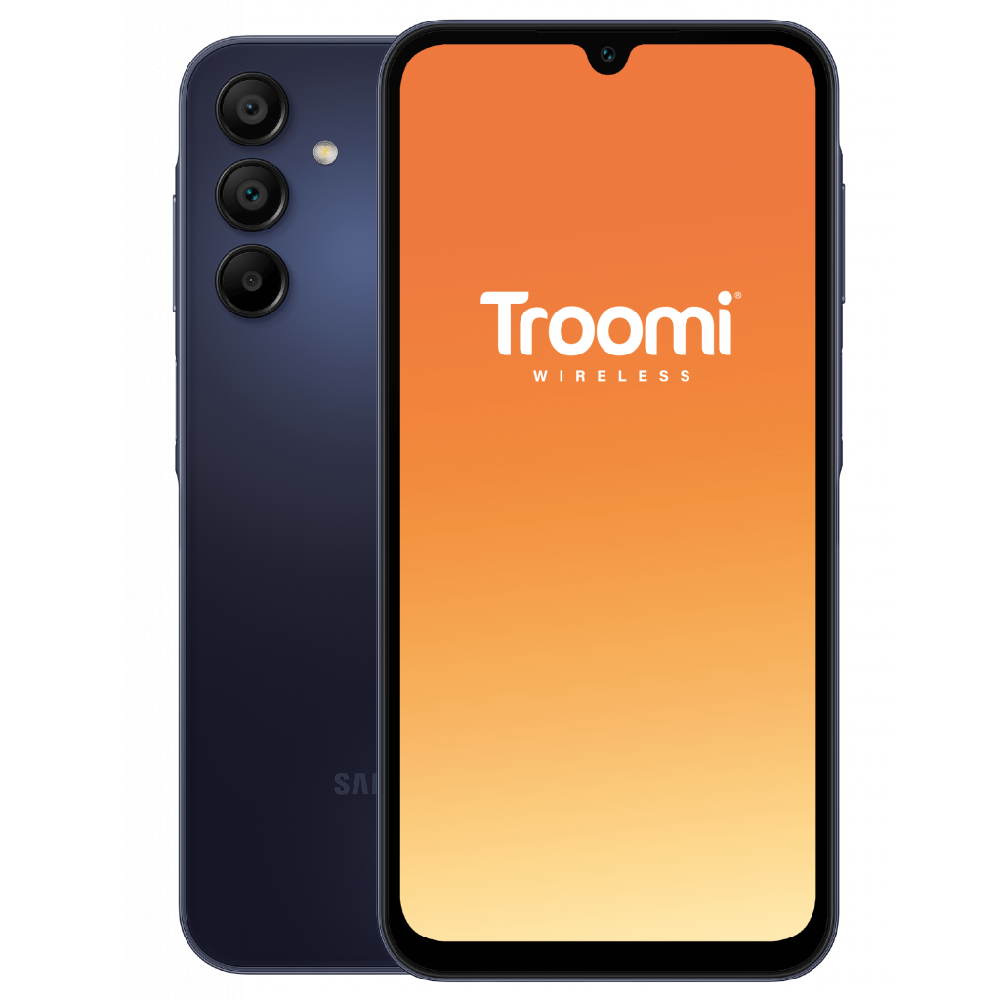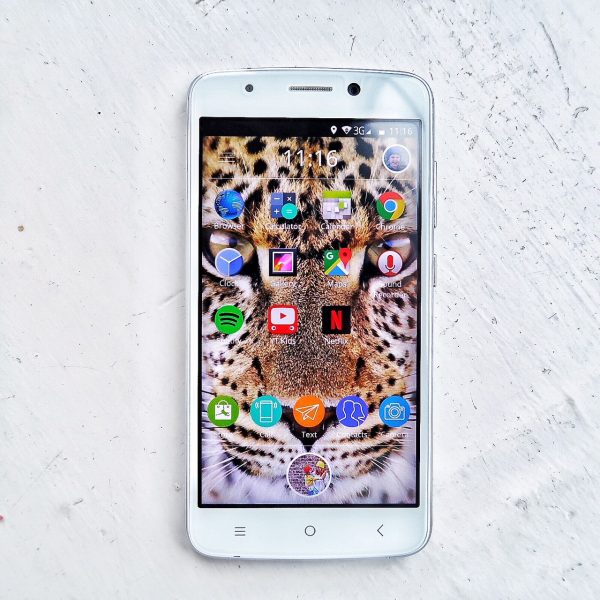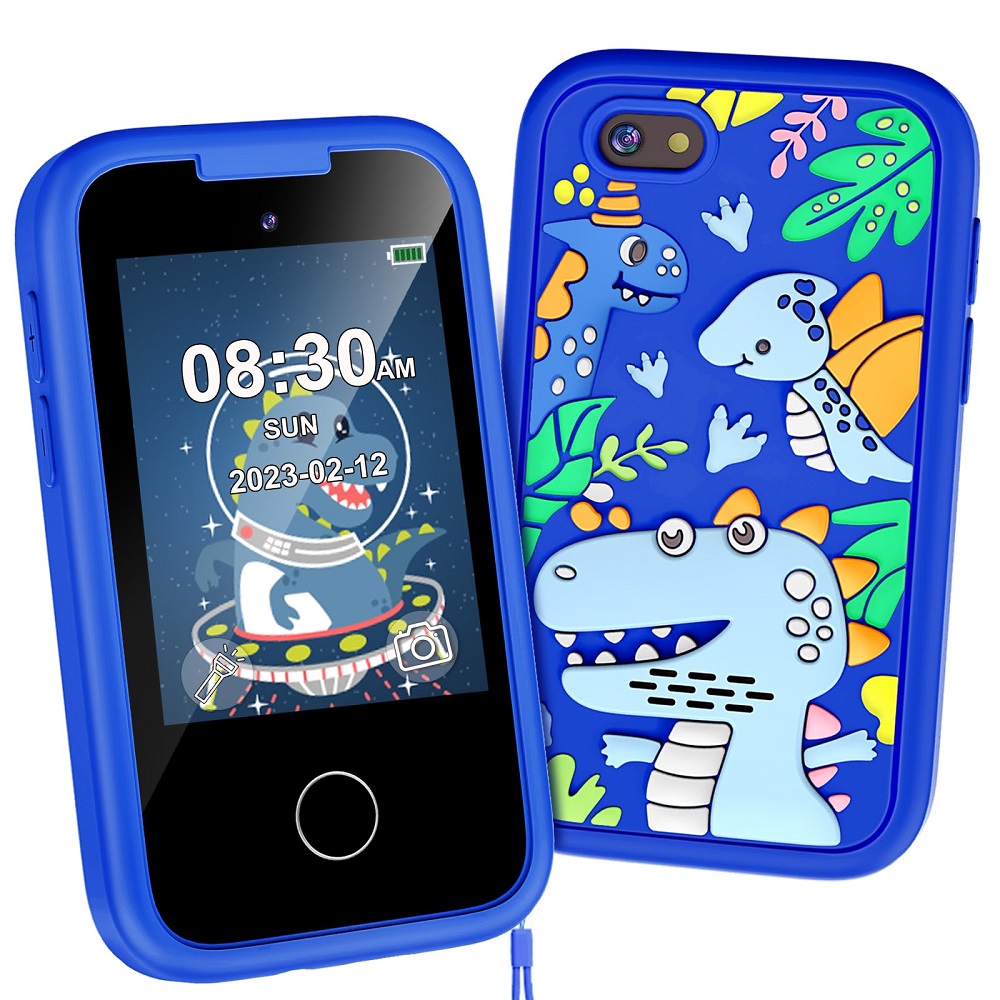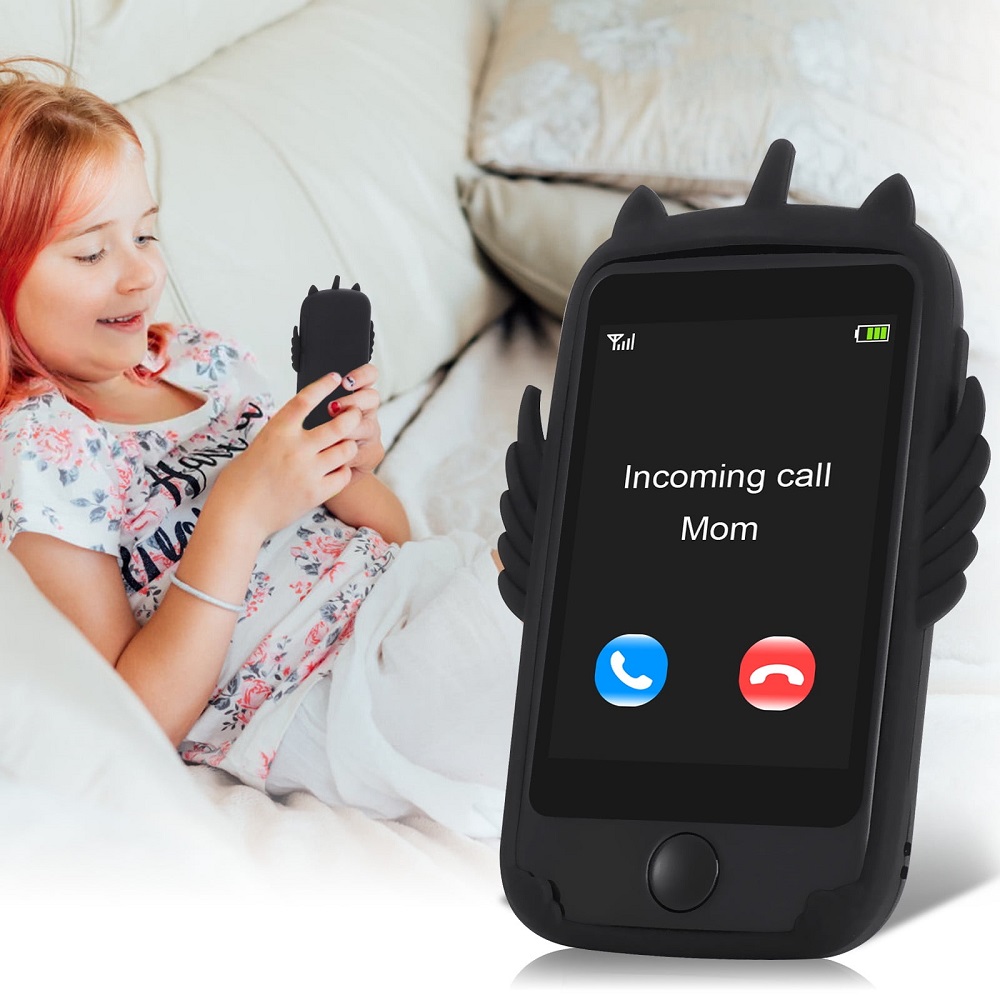Evaluating the Need for a First Mobile Phone
Deciding if it’s time for a first mobile phone is a big step. Start by thinking about safety, communication with family, and your child’s maturity level. Ask yourself if your child really needs a phone, or if it’s just for convenience. Consider their daily routines. Will they need to make calls or send texts? Can they handle the responsibility? Remember, a phone can be a tool or a distraction.
Think about their activities outside the home. Will they be travelling alone? Will they need to contact you in case of an emergency? If your child is active in after-school programs, a phone might help manage pickups. For others, a phone can wait. Balance is key. Safety and communication needs are vital, but so are the limits to screen time and internet access.
Finally, look at the options. Decide if a hand-me-down, a basic ‘dumb’ phone, or a budget-friendly Android device suits your child’s needs and your budget. Maybe an Apple iPhone is a better fit, especially if you’re already using Apple devices at home. The best first mobile phone for a 12-year-old should match your family’s lifestyle and values.
Considerations for a Hand-Me-Down Device
When considering a first mobile phone for your 12-year-old, a hand-me-down device might be the perfect solution. It’s cost-effective, familiar, and can be just as reliable as a new one with a few updates. Here are some tips to help you repurpose a hand-me-down smartphone effectively:
- Update and Clean: Make sure the device‘s software is up to date. Clean up the phone storage, delete old data, and restore it to factory settings.
- Replace Battery: A new battery can breathe fresh life into an old phone. This might cost between ?50 and ?100, but it can significantly improve the phone’s performance.
- Protective Case: Invest in a durable case. This will protect the phone from any mishaps that can happen in the hands of a child.
- Parental Controls: Even with older models, set up the necessary parental controls before handing the phone over to your child.
- Discuss Responsibility: Use this opportunity to discuss the responsibility that comes with owning a phone. Outline acceptable use and make clear any family rules regarding the device.
A hand-me-down phone has many advantages, especially if it’s from a brand you’re already comfortable with, like Apple or Android-based devices. Not only does this choice align with savvy financial decision-making, it encourages sustainable usage by extending the life of an existing device. If your current phone is still receiving software support and is in good working condition, it can be an ideal choice for your child’s first phone.
Options for a Basic ‘Dumb’ Phone
When simplicity and safety are top priorities, consider a basic ‘dumb’ phone for your 12-year-old. These phones focus on core functions like calls and texts. Here are a few reasons why a basic phone might be the best first mobile phone for your 12-year-old:
- Restricted Features: With no internet access, these phones cut down on distractions.
- Durability: They are often more robust than smartphones, better for rough handling.
- Battery Life: They have longer battery life, needing fewer charges.
- Cost-Effective: These phones are much cheaper, both to buy and to replace.
- Ease of Use: Simple interfaces make them user-friendly for children.
- 4G Support: Choose a model with 4G to ensure it remains functional as 3G networks phase out.
Brands like Nokia offer models such as the 110 and 225, ranging from around ?20 to ?50. Remember to look for 4G compatibility and check for a solid build that can withstand the occasional drop. With these phones, your child stays reachable without the lure of apps and games.
Budget-Friendly Android Phones
Budget-friendly Android phones are great starter options for a 12-year-old’s first mobile phone. Here are some key points to consider when selecting a budget Android device:
- Price Range: Look for phones priced around ?80 to ?150. These offer a fair balance between cost and functionality.
- Software Support: Ensure the phone receives regular updates. Check how many years of updates are left from the first release date.
- Performance: Don’t expect top speed, but the phone should run smoothly for basic tasks.
- Display and Battery: A decent-sized screen and battery life are essential for a satisfactory user experience.
- Google Services: Avoid phones with Android Go or without access to the Play Store and Google services.
- Protective Features: Opt for models with good cases and some water resistance.
The Nokia G22 and the Moto G13 are examples of budget-friendly Android phones that tick these boxes. The G22 costs around ?130, comes with Android 12, and offers updates until April 2026. The G13, at a similar price, runs Android 13 with updates promised until January 2026. For those in a Samsung household, the Galaxy A14 may be preferable, offering updates until January 2027 for about ?150.
While these options won’t break the bank, they cover the basics and a bit more, ensuring your child has a reliable device without costing too much. Remember to factor in the price of a quality case and possibly a screen protector to keep the device secure in the hands of your 12-year-old.
Recommendations for High-Quality Cameras and Performance
For a 12-year-old who loves photography, high-quality camera phones are a great choice. They offer top-notch picture quality that rivals some dedicated cameras. Performance-wise, these phones handle apps and games smoothly. Here’s what to consider when looking for camera and performance in a mobile phone:
- Camera Quality: Aim for 12 megapixels or higher for clear, detailed photos.
- Processor Speed: A fast processor means quicker app loading and less lag.
- RAM: Look for at least 4GB of RAM for seamless multitasking.
- Storage: Opt for 64GB or more, so there’s plenty of space for photos and apps.
The Google Pixel 6a stands out as a strong contender. At about ?300, it boasts a brilliant camera and performs like high-end phones. It will get updates until July 2027, securing your investment for years.
If you’re considering an Apple iPhone with a strong camera, the 2020 iPhone SE might fit your budget better. It’s found at around ?130 refurbished and is a smart choice if long-term support and a robust camera are important. Plus, it comes with a host of protective cases.
While these phones come with a higher price tag, they offer your child a premium experience. Remember to purchase a protective case and screen protector to safeguard this investment.
Choosing the Right Apple iPhone for a Preteen
Selecting the right Apple iPhone for a 12-year-old involves several factors to consider. Here are the key points to keep in mind for parents exploring Apple’s offerings:
- Affordability: iPhones can be costly. Look for refurbished models as a budget-friendly option.
- Size and Handling: Consider smaller models, like the iPhone SE, which are easier for young hands to manage.
- Software Updates: Ensure the chosen model will receive ongoing updates for security and performance.
- Storage Space: Go for iPhones with sufficient storage, starting at 64GB, to avoid constant cleanup.
- Durability: A sturdy case and screen protection are a must to safeguard the investment.
- Parental Controls: iPhones provide robust parental controls to monitor and manage your child’s usage.
For a start, the 2022 iPhone SE at around ?450 is the most affordable new model, offering the latest iOS experience. Alternatively, the 2020 iPhone SE, at about ?130 refurbished, provides excellent value for money and a capable camera. These models are sturdy and typically supported with updates for years.
For those seeking more advanced features like Face ID and a larger display, refurbished iPhone 12 models are available around ?300 to ?320. They offer longer support and better specs while still being manageable for a preteen.
Remember to consider your family’s existing devices. If you’re already invested in the Apple ecosystem, an iPhone will integrate smoothly with other Apple products.
Choosing an iPhone for your preteen doesn’t have to be daunting. With careful consideration of budget, usability, and features, you can find the right device that balances parental control and independence.
Understanding Network Service Options and Parental Controls
When picking the best first mobile phone for a 12-year-old, it’s not just about the device. The network service and parental controls are also crucial. Let’s break down the available options.
Network Service Choices
Determining the right network service is key to ensure reliable communication. Here’s how to choose:
- Pay-as-you-go (PAYG): This is ideal for light users or as a starter option. Cheaper and you can teach financial responsibility.
- Sim-only plans: These monthly contracts offer fixed minutes, texts, and data. They are flexible and often reasonably priced. Looking at smaller virtual networks might bring the best deals.
- Family plans: Adding a line to your existing plan can save money. Some networks allow data sharing between family plans for convenience.
It’s important to check network coverage in your area beforehand. For comprehensive safety, some services like ParentShield offer advanced parental control tools. While more pricey, these can be worth it for peace of mind.
Setting Strong Parental Controls
Both Apple and Google allow child accounts for under-13s, which you can manage under your family account. Here are features you can control:
- Screen time: You can set limits on daily usage.
- App restrictions: Block or limit certain apps and age-inappropriate content.
- Camera and location access: Manage permissions for privacy.
- Content filtering: Limit exposure to harmful or adult content.
By choosing the right network and setting up parental controls, you provide a secure mobile experience. Remember, dialogue with your child about responsible phone use is equally important.
Setting Up Parental Controls on Your Child’s First Phone
Giving your child their first phone comes with a need for oversight. Parental controls help you ensure they’re using their phone safely and appropriately. Here’s how to set up parental controls:
- Start With the Basics: Install parental control software from the start. Choose tools that let you manage screen time, block adult content, and control app purchases.
- Use Built-In Features: Both Android and iPhone have built-in parental controls. Use them to set limits on usage, restrict downloads, and monitor activity.
- Educate Your Child: Talk to them about safe phone use. Explain why restrictions are in place. Set clear rules for phone usage.
- Regular Checks: Make it a habit to regularly review the controls. Ensure they match your child’s growing needs and maturity.
- Discuss Privacy: Teach them about privacy settings. Help them understand the importance of protecting their personal information.
- Monitor Communications: Keep an eye on who they’re texting or calling. Some parental controls can provide logs of communication.
- Location Tracking: Use GPS features to know where your child is. This adds another layer of safety to their phone use.
Setting up parental controls is a critical step when giving your child their first mobile phone. It’s about finding the right balance between freedom and safety. Keep communication open and adjust controls as your child grows older and more responsible.



